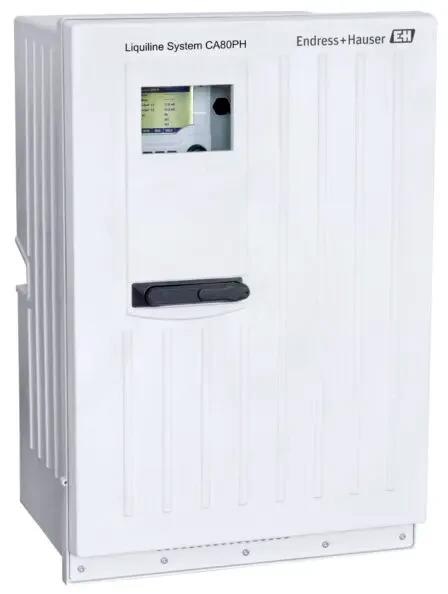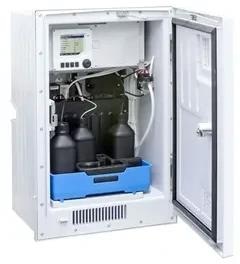Among industries that work with drinking water, wastewater, and process water, the monitoring and control of key substances are essential. National and international water authorities specify strict limits for contaminants in drinking water treatment and wastewater discharge.

Image Credit: Shutterstock.com/Alter-ego
This is especially critical for substances like chromium and nitrate, which pose risks to both human and environmental health. In process water applications, such as steam generation, the presence of minerals in water can lead to the accumulation of deposits in systems, resulting in expensive damages.
Water quality indicators such as silica, hardness, and sodium are monitored to assess the water quality. Colorimetric analyzers are employed to detect and quantify these types of impurities, ensuring the provision of high-quality water.
To analyze a sample using colorimetric analysis, a reagent is added to the sample that reacts with the substance of interest, coloring the solution. Subsequently, a beam of light at a specific absorbable wavelength passes through the sample and is measured by a photosensor.
As the light traverses the solution, a portion of it gets absorbed based on the intensity of color, directly proportional to the concentration of the substance. By precisely measuring the light intensity reaching the sensor, the concentration can be accurately determined.
Practical Online Analysis With CA80 Analyzers
Endress+Hauser's CA80 analyzer line utilizes the colorimetric principle to deliver accurate and regulatory-compliant online measurements of various substances in water. These substances include chromate, iron, silica, aluminum, ammonium, nitrite, hardness, and orthophosphate.
The installation and maintenance of these analyzers are straightforward and cost-effective, thanks to their automatic calibration and cleaning functions that minimize operational expenses.
These colorimetric analyzers are optimized to conserve reagents during operation, while onboard cooling modules in certain models extend the lifespan of the reagents. All necessary reagents are shipped pre-prepared, accompanied by the necessary material safety data sheets.
CA80 analyzers are based on Endress+Hauser's Liquiline platform, facilitating consistent operation and communication across an array of transmitters, analyzers, and samplers.
Equipped with advanced diagnostics and remote access capabilities, these instruments ensure process safety and assist in providing documentation to authorities.
Each CA80 analyzer can accommodate up to four Memosens® sensors, automatically recognizing and connecting them, thereby enabling the creation of versatile measuring stations with minimal setup effort.
Low-Maintenance Phosphate Monitoring in A Wastewater Treatment Plant
Wastewater treatment plants (WWTPs) often require systems to effectively control phosphate precipitation, ensuring compliance with strict output limit values during peak and low-load periods.
As part of a broader system, a WWTP installed a Liquiline System CA80PH analyzer to monitor phosphate concentrations. Using molybdenum blue as a reagent, this analyzer reliably measures these concentrations, even at the lowest levels.
The CA80PH analyzer has proven invaluable in optimizing maintenance activities at the plant, thanks to its automated self-calibration and self-cleaning capabilities. This has significantly freed up the time of both operators and technicians, allowing them to address other emerging issues promptly.
The analyzer's reliability and versatility have enabled uninterrupted plant operation, even under challenging inflow conditions, ensuring strict adherence to discharge regulations.

Liquiline System CA80PH. Image Credit: Endress+Hauser

CA80PH open with cooling for extended reagent lifetime. Image Credit: Endress+Hauser
To assist in selecting the most suitable analyzer for your specific application, Endress+Hauser's knowledgeable engineers will provide expert guidance throughout the planning, selection, and commissioning process. They will collaborate closely with you to keep your plant operating at full capacity.
Users can also take advantage of the self-service online Applicator, a convenient tool that offers tailored recommendations based on your unique application parameters. With the help of comprehensive product information and comparison tools, choosing the right instrument is a straightforward task.

This information has been sourced, reviewed and adapted from materials provided by Endress+Hauser Ltd.
For more information on this source, please visit Endress+Hauser Ltd.